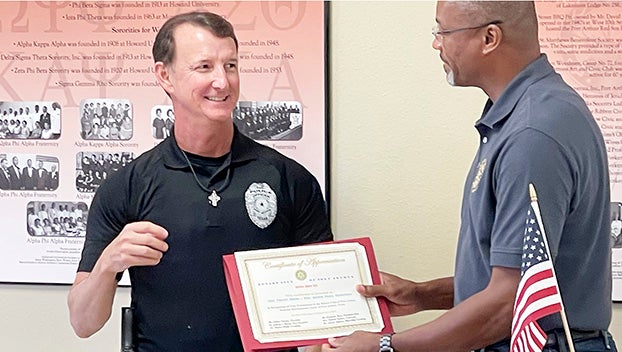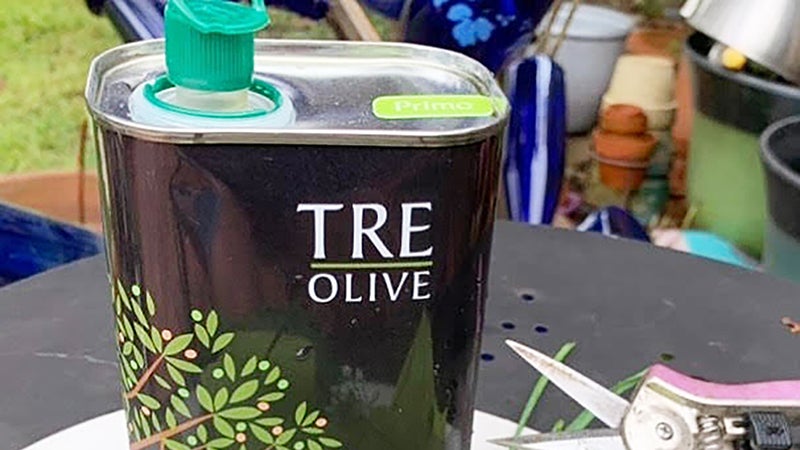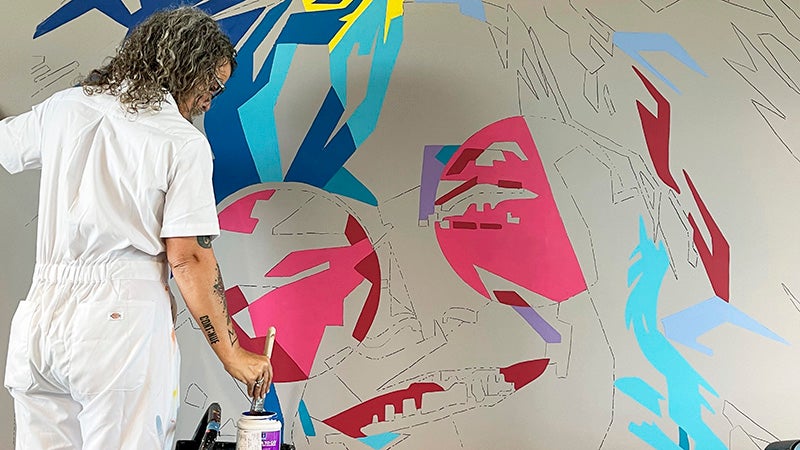HEALTHY LIVING — Modify your fitness routine
Published 12:05 am Friday, August 2, 2019
As we accrue more birthdays, our bodies change, some things that we used to do with ease have become more difficult, if not impossible.
It is important to keep moving but it is even more important to modify what you are doing to accommodate changes in your body. Let’s look at some the moves you should drop and some that you should incorporate into your fitness routine.
As always, consult your doctor with any questions. This will be a two-part column; this week we will look at some moves that are not in your best interest.
Some that can present problems:
- Leg press: At the top of the list for multiple reasons. To do the exercise, you straighten your legs by pushing with your feet against a weighted platform. Because your upper body is supported by a padded bench, you have the illusion that your lower back is protected. But it’s not. Your lumbar spine has a naturally arched shape, and to avoid injury when lifting, you need to keep it in that position. In a leg press, your lower back often flattens when you bend your legs, and then shifts back into its natural arch as you straighten them. When a heavy weight is involved, this movement can damage your spinal discs.
- Crunch: It presents the same problem as the leg press. You flatten your lower back against the floor as you raise your head and shoulders and feel the squeeze in your abdominal muscles, then go back into an arch when you lower yourself. Although you aren’t using much weight when you do it — just a fraction of your body’s weight — you typically do lots of repetitions.
- Running: It seems like the most natural way to get into better shape. Bodies are designed to run, right? Yes, but only bodies that are young and relatively lean. For older and generally heavier bodies, the repeated impact of running can cause real damage when you begin late in life. You take more than 2,000 strides per mile, and with each one, you land with a force equivalent to three to four times your body’s weight. Interestingly, this doesn’t apply to experienced runners, whose bodies have adapted to the impact. But if you’ve never run, age 65 isn’t the time to start.
Exercises that can make existing problems worse:
- Upright row: One big problem with those who are middle-aged and beyond. They sit too much, usually hunched forward over a desk or electronic device. That gives them chronically tight muscles in their chest and upper back and chronically weak neck and middle-back muscles. The upright row, as its name suggests, involves pulling a weight vertically with those overly tight upper-back muscles, making them even tighter.
- Chest press: This exercise can be equally problematic, since it involves repeatedly squeezing the chest muscles, which are already too tight in many people. Seniors should avoid this exercise altogether using free weights. The chest press machine is safer, but always use light weight and move slowly and smoothly. When in doubt, ask a trainer or your doctor if the exercise is safe for you.
Exercises that are difficult to do correctly:
- Overhead press: If you can push two dumbbells straight above your shoulders without bending backward, you’re cleared to do this exercise. But, make sure you are doing it correctly. Most lift the weights diagonally, so their arms travel forward, rather than being aligned with their torso and legs. That can make the exercise very tough on the shoulders, potentially straining the muscles and connective tissues that hold the joints together.
- Deadlift: This exercise involves lifting a heavy weight (usually a barbell) straight off the floor. If you’re a healthy young athlete or strength enthusiast, the deadlift is not only effective, it’s probably one of your favorites. It’s a great exercise, but so few people do them correctly. The biggest problem: You begin with your body bent forward at the hips, and then straighten your hips as you pull the weight from the floor. It takes a lot of strength in your hip and torso muscles to keep your lower back in a safe position. If it shifts out of its natural arch at the beginning, and then moves back into it at the end, the risk of a disc injury is astronomical.
In next week’s column, we will look at some really good options to incorporate into your fitness routine.
Jody Holton writes about healthy living for The Port Arthur News.






